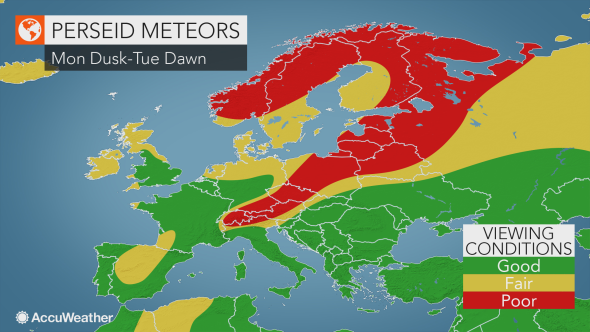The Amazing Perseid Meteor shower – AccuWeather.com
Astronomy
8/11/2019, 9:28:10 PM
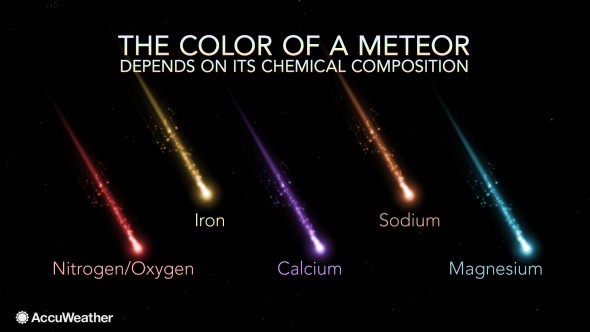
The best meteor shower of the year is here. Monday night into Tuesday morning (August 12/13), the meteor shower will produce around 100 meteors per hour! The moon will be very bright washing out many of the meteors. But, Perseid meteors are known for being bright.
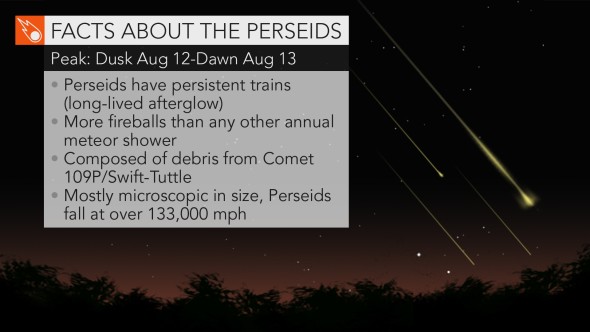
The Perseid has been producing meteors for the last couple of weeks. Over the weekend, meteor rates have gone up. Many meteors will be visible on the nights surrounding the peak.
Perseid meteors can come in clumps. You many go a few minutes without seeing any. Then 3 or 4 will wisk by in just a few seconds.
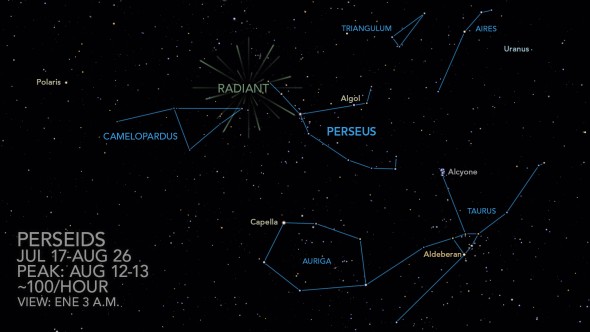
The best way to view the meteor shower is to lay flat and look up at as much of the sky as possible. Give yourself at the very minimum 30 minutes of uninterrupted viewing. Try to avoid looking at the moon or any other light source, including phones!
The shower is most active in the hours before dawn. The moon will be setting during the wee hours of the morning. So, that time before dawn will be even more beneficial for stargazers.
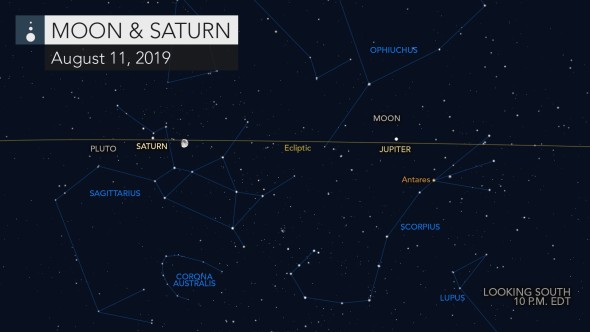
The Perseids are most active after midnight through daybreak. But, there are so many meteors during this shower, don’t hesitate to view during the evening. My 5 year old daughter saw more than a handful right after sunset last year. So, get the kids out during the evening!

Perseids are not only numerous, they are beautiful. Most of the meteors leaves a glittering trail as they pass. They are multi-colored and many are bright! The reason the Perseids produce so many meteors each and every year can be traced back to the trigger of the shower. Comet Swift-Tuttle is a huge comet. It measures about 16 miles across, much larger than the comet believed to have led to the extinction of the dinosaurs. Due to the enormous size of the comet, it leaves a lot of debris in its wake, which becomes meteors as the Earth passes through the debris field. There was some concern in recent years that the comet would come perilously close to the earth during the next century. But, the orbit has been recalculated and it poses no threat to earth for the next two thousand years.
Viewing Conditions:
Sunday Night:
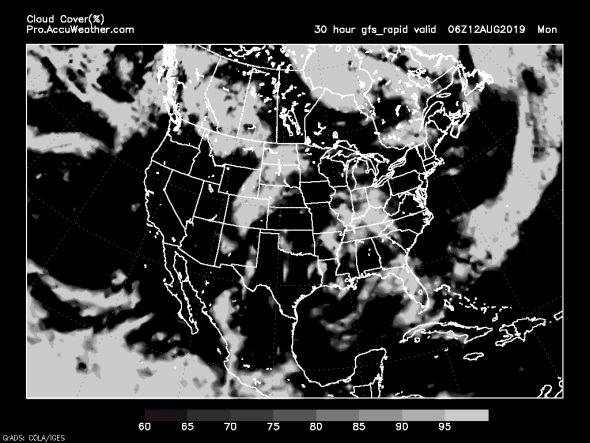
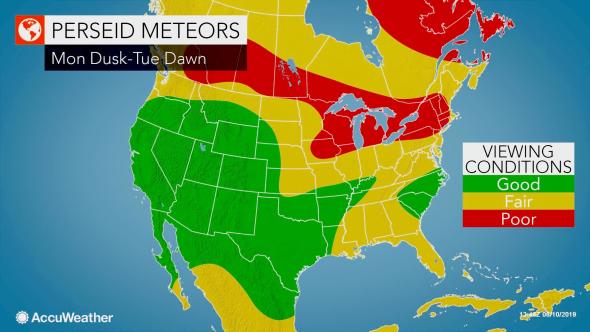
Europe:
Sunday night:
